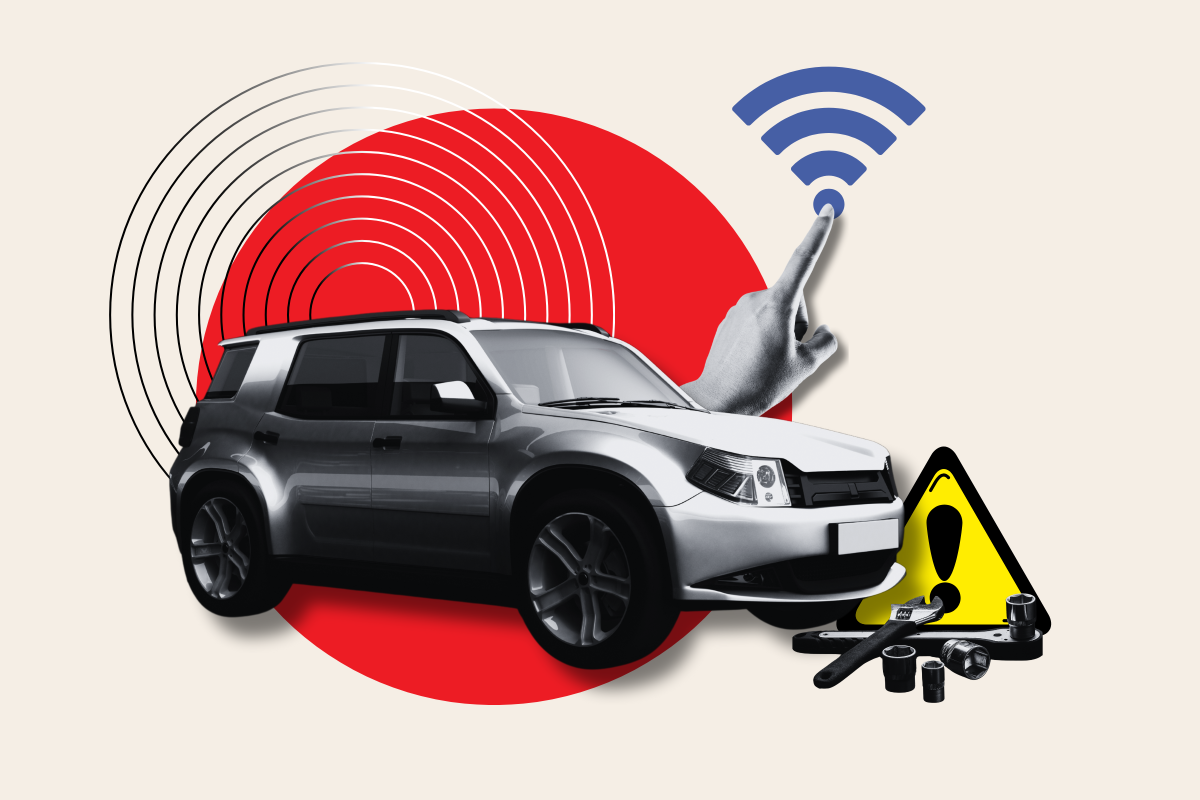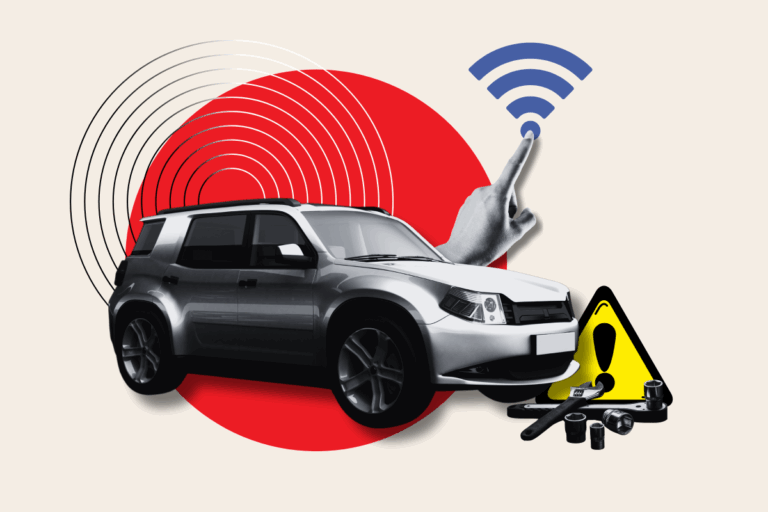The Evolution of Vehicle Recalls
The automotive industry is on the cusp of a significant transformation in how vehicle recalls are handled. With the advent of connected car technologies, the process is becoming more streamlined and efficient. In the near future, most vehicle recalls will be resolved with minimal consumer effort – simply by touching a screen’s ‘OK’ button.
Connected Cars: A New Era in Automotive Technology
Modern vehicles range from ‘dumb’ cars without internet connectivity to sophisticated software-defined vehicles like the Polestar 3 and the forthcoming Mercedes-Benz CLA. Connected cars feature components networked through centralized computing structures, with their parts managed by a central, computerized nervous system. The latest models often have most of their functionality consolidated into a single software stack, enabling faster relay times and reduced overall parts within the vehicle.

Over-the-Air Updates: A Game Changer
Today’s recalls, often identified as software patches, are generally easy for connected cars to download and install. Drivers typically see a notification on their screen after parking or upon startup, prompting them to install an update. By confirming, the vehicle downloads and installs the over-the-air (OTA) software update, often while operational or overnight when parked. This process mirrors how smartphones handle updates.
“The availability of OTA software updates is changing the process for how recalls are completed. This is a major benefit as it reduces cost, complexity, compliance, and burden for the vehicle owner,” said Greg Brannon, director of automotive engineering research at AAA.
Precision and Predictive Maintenance
Connected cars enable more precise recall campaigns. “Instead of mass recalls affecting entire production runs, connected vehicles allow automakers to identify and target only the affected units, making recall campaigns more precise and cost-effective,” explained Tony Salerno, vice president of business development for auto analytics at J.D. Power.
Moreover, with real-time telematics data, recalls may soon shift from reactive to predictive, allowing automakers to fix defects before they become failures. For regulators like the National Highway Transportation Safety Administration (NHTSA), connected car technology is a significant advancement, simplifying compliance tracking with real-time data on updated vehicles.
Cybersecurity Concerns
As more connected vehicles enter the market, cybersecurity is becoming an increasingly important concern. Vehicle owners must ensure their vehicle’s software is up to date to prevent vulnerabilities. “I think there needs to be more awareness that your vehicle is increasingly like your iPhone or your laptop. The consumer should just be aware that this is software written by human beings. Bugs are discovered and bugs are fixed. Make sure that you’re getting the updates for these systems, and being proactive is probably the only thing that the end consumer can really do to protect themselves there,” said Peter Elliot, vice president of information security risk and compliance at Magna.
The Role of Repair Centers
While future vehicles will have fewer physical components, issues that can’t be resolved via OTA updates will still require repair centers. “Defects that pose an unreasonable risk to safety are serious and should be remedied as soon as possible,” an NHTSA spokesperson emphasized.
The NHTSA also highlighted concerns about the execution of OTAs, stressing that consumers need to be informed about over-the-air remedies, especially in case of issues during the repair process or if the safety defect persists due to an inadequate remedy.
In conclusion, connected car technologies are revolutionizing the vehicle recall process, making it more efficient, precise, and potentially predictive. While this brings numerous benefits, it also introduces new challenges, particularly regarding cybersecurity and the need for consumer awareness.



